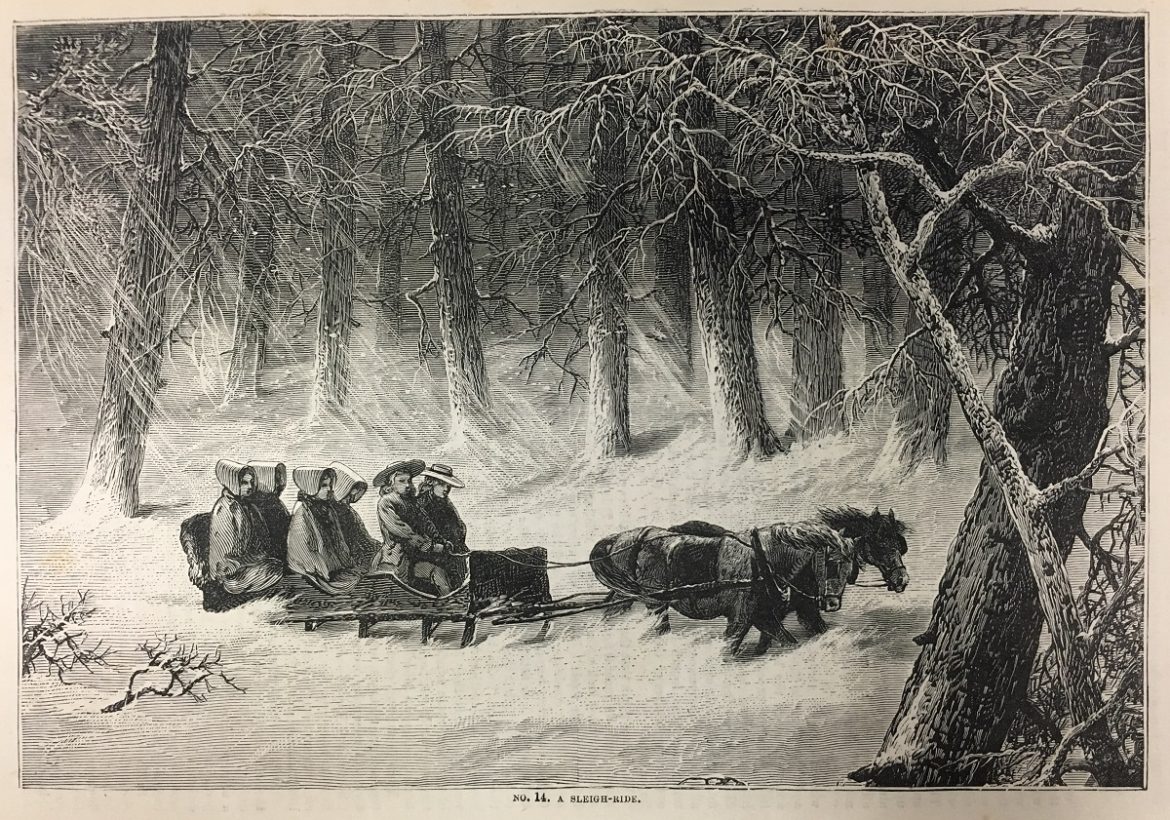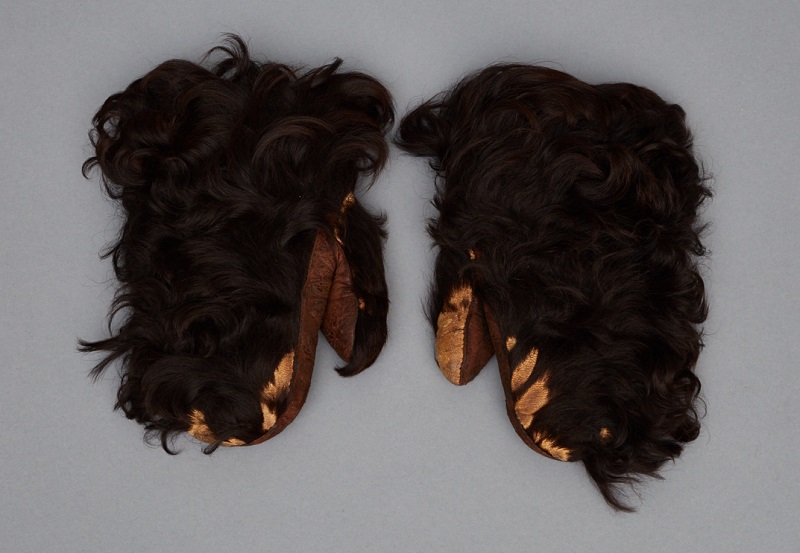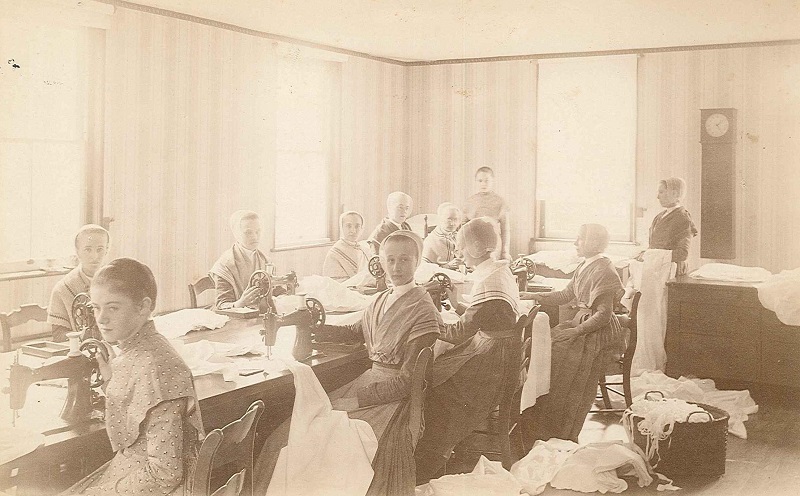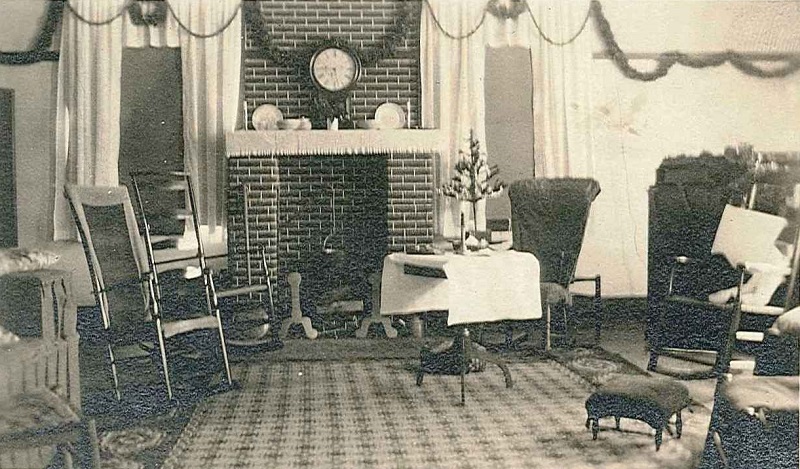
Engraving, "A Sleigh Ride." Published in "Frank Leslie's Sunday Magazine," February 1879.
An earlier blog post explored daily life among the Shakers during the summer season. Now we consider what daily life was like for the Shakers of Mount Lebanon and other northern communities during the winter months. Of course they occasionally complained about the difficulties and inconveniences caused by winter weather. On February 5, 1882, Sister […]
An earlier blog post explored daily life among the Shakers during the summer season. Now we consider what daily life was like for the Shakers of Mount Lebanon and other northern communities during the winter months.
Of course they occasionally complained about the difficulties and inconveniences caused by winter weather. On February 5, 1882, Sister Anna Dodgson of the Church Family, Mount Lebanon, wrote in a journal, “O! What a snow fell last night, 14 inches on a level. Some wind makes it quite drifty. Shoveling.” More common were concerns about a lack of snow, for a snow pack permitted work and travel by sleigh, whereas muddy conditions made outside work much more difficult. On February 17, Sister Anna wrote, “The snow is fast leaving. Br. have to draw [teams of oxen] in the mud.” This sentiment was frequently echoed by other Shakers, often in the “Home Notes” column of the Shaker Manifesto, to which each family or community could submit a piece. A writer for the Union Village, OH Shakers wrote in February of 1890 that, “We are cutting and sawing wood, feeding stock and sometimes trying to husk corn and haul fodder, but the mud is so deep that the teams cannot draw more than the empty wagon most of the time.” Travel was also made much more difficult. On December 2, 1834, Sister Jane Knight of the Mount Lebanon North Family Shakers wrote in her journal, “Diana & [I] fix up and ride to the neighboring stores in search of materials for cloaks, &c – a rainy, muddy, rough ride we have, but return home satisfied with our purchase, & the consolation that there is no shopping to do on the morrow.” In early 1892, Brother Daniel Offord wrote for the North Family, Mount Lebanon “Home Notes,” “On Christmas we had a lively company of some sixteen Sisters from our neighboring Society of Hancock, drawn over the mountain by a four horse team. The roads were in such an awful condition, it took an hour and a half to get here, only four miles…. I hope before we pass the next century-post, we shall have a very different condition of things in the line of public roads and conveyances.”

More often, though, they sought to improve conditions when they could, particularly indoors. Journals and the Shaker Manifesto document numerous examples of the Shakers adopting or refining technological advancements to keep warm in the winter. In March of 1880, a Harvard, MA Shaker wrote in the Manifesto, “The experiment of heating buildings with hot water is being made at this place, and with apparently the grandest success.” In March of 1881, Brother Daniel Offord engaged in some minor bragging when he wrote, “The first week in March I gave our new boilers a thorough test as to the economy compared with stoves. The coal was very carefully weighed and it took just twenty pounds of coal for each room per day. I took a great day of pains that all should be warm and all the complaint I heard was, too hot.” And characteristically, many Shakers found a silver lining in winter weather. On December 14, 1834, Sister Jane Knight wrote, “This is a wintry day – but a safe asylum from the rude gales do I possess while, doubtless, many poor beings are suffering sadly, & perishing from want & wretchedness.” In February of 1892, Brother Daniel Offord wrote, “The weather makes considerable talk but talking will not change it and we have to do the best we can.” And in 1890, Sister Genevieve DeGraw of Groveland, NY, wrote:
“When all other subjects fail,
We’re sure the weather will prevail;
There is of it a boundless source
To live we must have it, of course.”
Work in the farms and gardens was limited, but brethren were kept busy on other outdoor work such as felling trees for lumber and gathering ice. Both brethren and sisters worked a great deal on producing goods for sale. On November 8, 1873, an unidentified diarist wrote in a journal kept at the Mount Lebanon Church Family that she had “Split straw for little hexagon covers, the commencing of sale work, hope to earn a few dollars this winter.” During the 1890s, sisters at several Shaker communities including Watervliet, NY, Canterbury and Enfield, NH, and Mount Lebanon made shirts for sale. In January of 1890, the Watervliet Shakers stated that “Our business in the manufacture of shirts promises to be a success,” and the Enfield Shakers reported, “The Sisters average about six dozen shirts per month.”

Brother Andrew Fortier of the Church Family, Mount Lebanon, worked during the winter months at making pails and other woodworking; he wrote on February 26, 1861 that he “Made a lot of rulers for the School.” A Shaker from Sabbathday Lake, ME, wrote in the Manifesto in February of 1891, “Br. Henry Green, from Alfred, is with us assisting Elder William Dumont in preparing the poplar wood for basket work. Eldress Lizzie and a company of Sisters are also engaged in the same business. The Brethren have invented an improvement on the machinery which holds the blocks of poplar to the plane, whereas it formerly had to be done by main strength.” On January 11, 1891, Brother Daniel Offord wisely noted, “The sleighing is fast running away. A good time to look after tools and machines and have them ready for use when spring opens.”
The Shakers also enjoyed the Christmas holiday. In 1882, Sister Anna Dodgson wrote, “We enjoyed a Christmas tree.” In 1892, Brother Timothy Rayson of the Center Family, Mount Lebanon, wrote in the Manifesto that, “At Christmas we departed from the usual and time-honored custom after having morning meeting. The Dining Room was tastefully decorated by our Br. George Ogden with evergreens festooned with wreaths, stars and crosses, also an anchor about the center of the room. In the evening nearly all of the family gathered in and had a nice time, exercises consisted of songs, reading, speaking and recitations interspersed with lunch in place of supper.” For Christmas of 1890, a Harvard, MA Shaker wrote, “Our Christmas was made pleasant by a beautiful meeting…. Santa Claus did not forget to make us a short call, and the family were interested to see what he had brought,” and a Shaker from White Water, OH, wrote, “Santa Claus was very good to us here.” Mentioned above was Brother Daniel Offord’s remarks on the difficulty a group of Hancock Sisters had reaching the North Family at Mount Lebanon for Christmas of 1891. One of the participants at that gathering gave a lovely account of it:
Christmas came to us rich with blessings; for on that day our beneficent friends of the North Family at Mt. Lebanon, (ever ready to dispense blessings) extended an invitation for a company of our people to come to their home and share the benefits of an entertainment which they had prepared expressly for the occasion. The invitation was readily accepted, and the season of refreshing there enjoyed will ever be remembered. Speeches, dialogues, recitations, rich vocal and instrumental music were listened to with deep interest for a space of time, then followed a royal banquet consisting of unleavened bread, cakes, nuts, candy etc. We think no one there will be found guilty of having hidden their talents, for it was all home production; even the confectionary was of home manufacture. Great credit is due both to those who planned and those who executed.

The Shakers also used the end of the calendar year to consider self-improvement. A Manifesto correspondent from Hancock wrote on December 11, 1890, “As King Winter with his chilling breath compels us to be more retired, and increased opportunities for reflection are afforded we hope… to be able to gather more of the fruits of the spirit.” A month later, Brother Daniel Orcutt of Enfield, CT, wrote, “At the outset of the new year, new thoughts and new plans should be formed in our minds. We must rise to higher degrees of goodness, not merely to do better work on the farm, but to cherish better purposes of soul culture, and to make our influence more and more felt for good. It is a great mistake not to fill up the spare moments with something useful.”
I appreciate this scholarship that recreates a feeling of Shaker idealism.
I enjoy reading excerpts from the journals and Manifesto of the Shakers. It brings their life and times alive